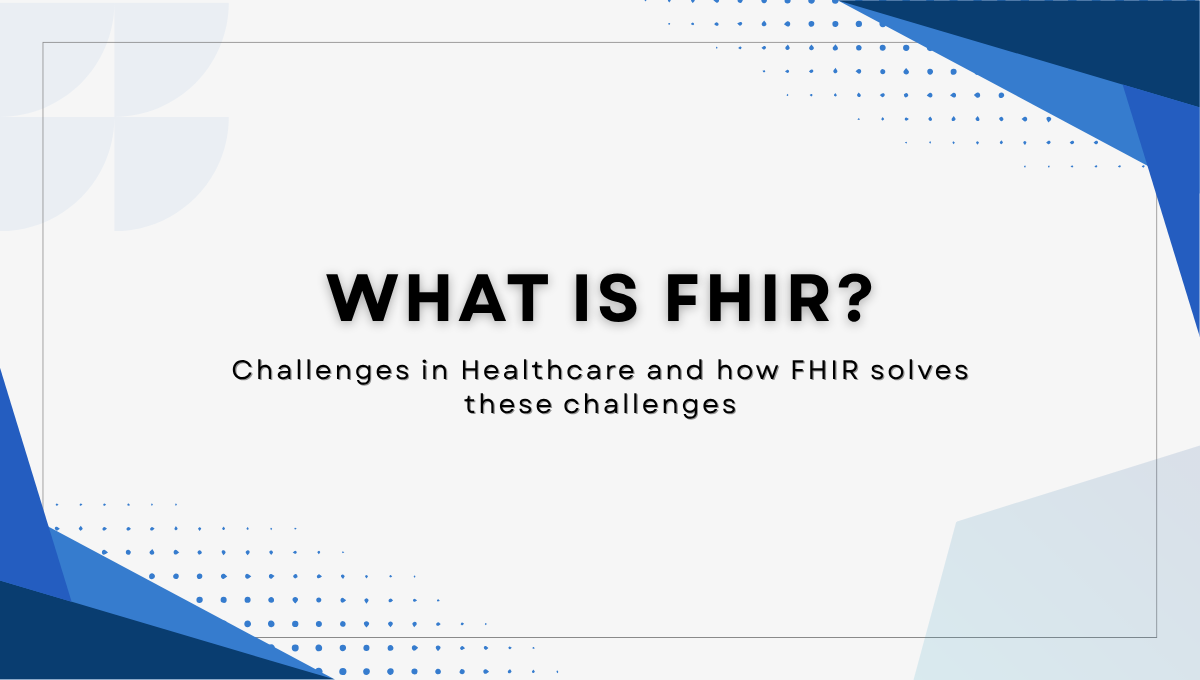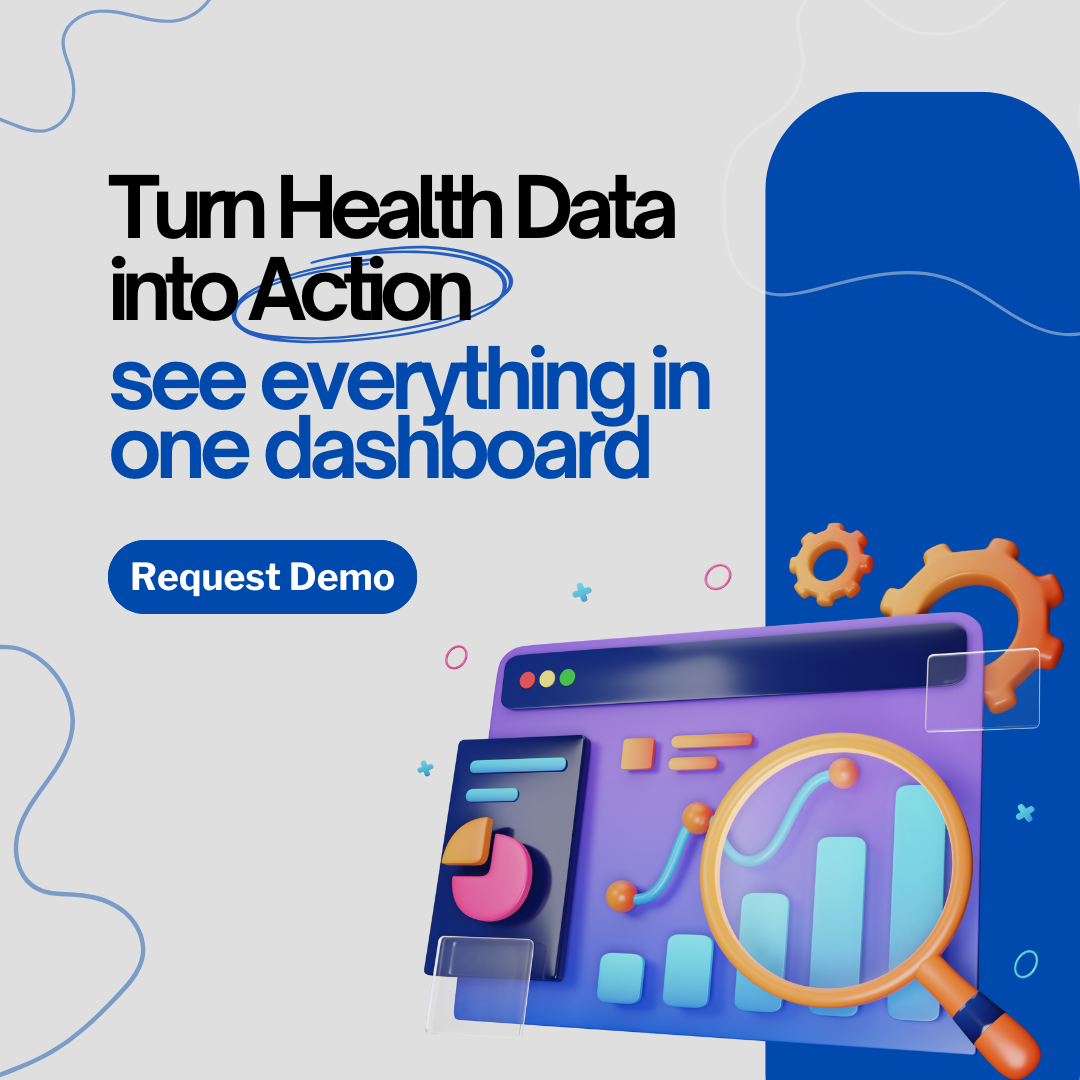FHIR is the latest development that’s gaining ground fast in the healthcare industry. It aims at breaking the barriers of seamless data exchange across various healthcare organizations that a patient typically interacts with. It is aiming at better patient care and enhanced patient engagement.

FHIR stands for Fast Healthcare Interoperability Resources. Developed by Health Level Seven International (commonly known as HL7), it’s an interoperability specification for the exchange of real time health care information electronically. The aim of FHIR is to address the growing digitization of the healthcare industry and the need for patient records to be readily “available, discoverable, and understandable.” Here’s a closer look at FHIR, its potential benefits and challenges.
Purpose of FHIR
FHIR is a standard developed by HL7 in response to the growing use of electronic health records (EHRs) and aims to “simplify implementation without sacrificing information integrity.” FHIR builds on previous data format standards from HL7, like HL7 version 2.x and HL7 version 3.x. But it is easier to implement because it uses a modern web-based suite of API technology, including a HTTP-based RESTful protocol, HTML and Cascading Style Sheets for user interface integration, a choice of JSON, XML or RDF for data representation, and Atom for results.
FHIR provides an alternative to document-centric approaches by directly exposing discrete data elements as services. For example, basic elements of healthcare like patients, admissions, diagnostic reports and medications can each be retrieved and manipulated via their own resource URLs. FHIR was supported at an American Medical Informatics Association meeting by many EHR vendors which value its open and extensible nature. To do this, FHIR “leverages existing logical and theoretical models to provide a consistent, easy to implement, and rigorous mechanism for exchanging data between healthcare applications.” The goal is to build a base set of resources that satisfy the majority of common use cases.
Benefits of using FHIR
FHIR can be used as a stand-alone data exchange standard or in conjunction with existing standards. Essentially, the goal of FHIR is to standardize the exchange of healthcare information, enabling healthcare providers and administrators to easily share patient information even when they’re using different software systems. With FHIR, each resource is associated with a unique identifier. Much like URLs make it easy to find a specific web page regardless of the device or browser you’re using, FHIR makes it possible to access the right information from any application or device.
By creating standard URLs for packets of information, FHIR eliminates the need to exchange individual documents or data back and forth between systems, while ensuring that disparate applications can point to the right information, and the same version of that information, simultaneously. This would allow developers to build more user-friendly applications with web-browser-esque functionality that ensure fast, reliable access to accurate data regardless of the EHR or other application being used, which in turn offers the potential for several benefits, such as:
- Easy implementation
- Improves the speed of healthcare delivery by making data readily accessible
- Standardizes and structures data for automated clinical support and other machine-based processing
- Eliminates the time-consuming document-based exchange of information, feeding information directly into workflows
Challenges in Healthcare and how FHIR solves these challenges?
Healthcare records are increasingly becoming digitized. As patients move around the healthcare ecosystem, their electronic health records must be available, discoverable, and understandable. Further, to support automated clinical decision support and other machine-based processing, the data must also be structured and standardized. (See Coming digital challenges in healthcare)
HL7 has been addressing these challenges by producing healthcare data exchange and information modeling standards for over 20 years. This is a new specification based on emerging industry approaches, but informed by years of lessons around requirements, successes and challenges gained through defining and implementing HL7 v2, HL7 v3 and the RIM, and CDA. It can be used as a stand-alone data exchange standard but can and will also be used in partnership with existing widely used standards.
FHIR aims to simplify implementation without sacrificing information integrity. It leverages existing logical and theoretical models to provide a consistent, easy to implement, and rigorous mechanism for exchanging data between healthcare applications. It has built-in mechanisms for traceability to the HL7 RIM and other important content models. This ensures alignment to HL7’s previously defined patterns and best practices without requiring the implementer to have intimate knowledge of the RIM or any HL7 v3 derivations.
Components of FHIR
The basic building block in FHIR is a Resource. All exchangeable content is defined as a resource. Resources all share the following set of characteristics:
- A common way to define and represent them, building them from data types that define common reusable patterns of elements
- A common set of metadata
- A human readable part
What does FHIR do?

FHIR uses standardized APIs to create plug-and-play applications. This serves to remove the gaps and errors that the current document-based system of information exchange brings with it. An application developed for FHIR can be plugged into any EHR and information can be obtained; there is no scope for information to be lost, and it’s easier to obtain specific details instead of a large volume of data to sift through.
What can FHIR do for Patients and Healthcare Service Providers?

There are a lot of expectations from FHIR with regards to improving patient engagement, seamless data transfer, and developing better care management programs. For patients, FHIR makes it easier to contact healthcare service providers by eliminating the hassle of having multiple portals for the same. This can also be used for obtaining smaller, specific data from eHealth or mHealth apps, wearable devices, monitors, and other sources to perform health analytics and make estimates, thus helping in preventive care. It can also offer a holistic and comprehensive picture of the patient’s health, medications, and episodes.
FHIR for Data Monitoring

FHIR supports a variety of applications and data sources, which makes it easy to access data snippets from various channels. Monitoring the mass of healthcare data is tough. It is possible to save a lot of time by enabling focussed data access, and converting this specific data into actionable insights.
*Image Credits and Reference: www.hl7.org/fhir **Content Credits: DPS Bali




